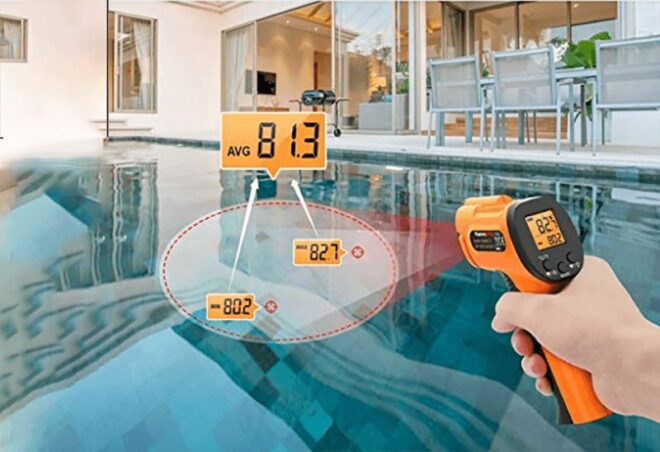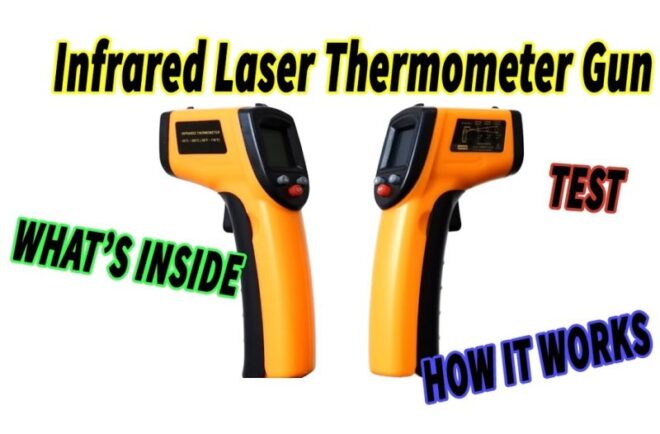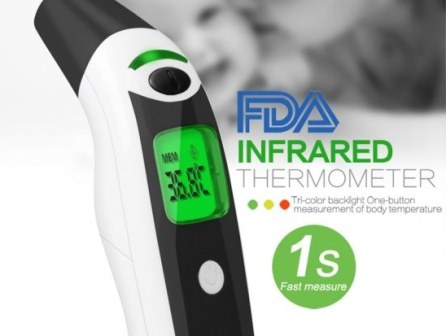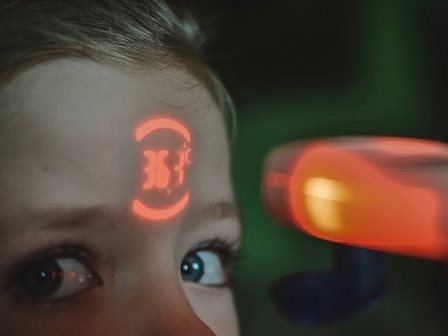When buying medical equipment or digital medical instrument for temperature measurement, most people wonder: How to use non-contact Infrared Thermometer?
Temperature is one of the vital signs used by clinicians, parents, and carers to assess children during acute illness episodes. It is measured using electronic contact thermometers, chemical thermometers, or infrared thermometers.

How to take temperature with infrared thermometer?
- Before using the thermometer for the first time, allow it to acclimatize to the ambient temperature. This can take up to 2 hours.
- Turn the unit on by pressing the scan button. Press the middle button to select centigrade or Fahrenheit as your preference.
- The mode button is used to cycle between body, room, or surface options. To take a person’s temperature you will need to set it to ‘body’.
- Body temperature readings are taken from the temporal region of the forehead a few centimeters behind the eye socket. Point the thermometer at the skin from between 3 and 5 cms and press the scan button for about a second.
- It is also important that the hair does not obstruct the reading.

What is the difference between accuracy and precision?
Infrared (IR) thermometers enable you to measure temperature quickly, at a distance, and without touching the object you’re measuring. They are so useful, easy, and even fun to use that they have become as common in kitchens as they have on factory floors. Infrared thermometers are often used to find overheated equipment and electrical circuits, but they have hundreds of other uses.

Non-contact Infrared thermometer for industrial use
- Finding faulty terminations in high power electrical circuits
- Locating overloaded circuit breakers
- Identifying fuses at or near their current rated capacity
- Identifying problems in electrical switch gear
- Monitoring and measuring bearing temperatures in large motors or other rotating equipment
- Identifying “hot spots” in electronic equipment
- Identifying leaks in sealed vessels
- Troubleshooting steam traps
- Finding faulty insulation in process pipes or other insulated processes
Non-contact infrared thermometers offer a great combination of speed, convenience, and accuracy, but only when they’re used correctly.
Infrared thermometer distance
Every infrared thermometer has a “distance-to-spot” ratio that tells you the diameter of the area being measured compared to the distance from the target. For example, if your thermometer has a distance-to-spot ratio of 12:1, it measures an approximately one-inch-diameter spot when it’s 12 inches from the target. If you try to use that thermometer to measure a two-inch area from even just a few feet away, you’re not going to get an accurate result because the thermometer will also be measuring the temperature outside the area you want to measure.
Infrared thermometer laser pointer
Most handheld infrared thermometers have laser pointers that show the approximate center of the measurement area. It’s important to know that the laser is only a pointer and not used for the actual temperature measurement. Another common misconception is that the thermometer is measuring the area illuminated by the laser beam. The measurement spot is always wider.
infrared thermometer accuracy
Where you use your infrared thermometer can also affect its accuracy. For example, if there is steam or dust in between the target and the thermometer, some of the IR energy may be deflected before reaching the thermometer. Similarly, a dirty or scratched lens on your IR thermometer may impair its ability to “see” the IR energy that it needs to make a measurement.
A lens that has fogged when the thermometer is brought into a warm room from a colder environment can also affect accuracy.
infrared thermometer temperature
For the highest accuracy, it’s best to allow some time (about 20 minutes is usually enough) for your IR thermometer to come to the temperature of its surroundings when bringing the thermometer into surroundings that are significantly warmer or colder than where it has been stored.

How to use non-contact Infrared Thermometer?
Non-contact infrared thermometer provides an instant and accurate way for clinicians to take a temperature without contact in a multi-patient environment were efficacy, accuracy, and efficiency matter every day.
A non-contact infrared thermometer is a professional grade thermometer that measures body (forehead), surface, and room/ambient temperature instantly and accurately. The Non-contact Infrared Thermometer can be used as a non-invasive screening tool in a multi-patient environment:
- Non-touch digital infrared thermometer
- No probe covers required resulting in significant annual savings
- No contact with resident’s skin reduces the risk of cross-contamination
- Ideal for sleeping or combative residents
IR thermometers are temperature-sensing devices used for measuring temperatures in electrical systems and circuit boards, for medical applications, domestic use, HVAC’s, Automobiles and equally help ascertain correct cooking temperatures when cooking, baking and grilling.
IR infrared thermometers are extremely safe; they actual avoid dangerous situations by allowing you to measure temperatures from a safe distance
You can easily calibrate an IR thermometer by mixing crushed ice in a bowl with water. The temperature should be as close to 0 degrees Celcius. Used the IR thermometer to measure the temperatures, therefore, ascertaining the accuracy
Just as you would with any piece of technical or mechanical equipment, your forehead thermometer requires some maintenance from time to time. To ensure it’s always working its best and giving you the most accurate result possible, one of the most important parts of this maintenance is calibrating the device.

Infrared Thermometer made in USA
- What is Top 10 Thermometer Made In the USA in 2020?
- What is the best medical infrared thermometer made in the USA?
- What is the best-infrared thermometer made in the USA?

Non-Contact Medical Thermometer
Looking for the best non-contact medical thermometer and contactless thermometer to quickly check your and your family’s temperature?
